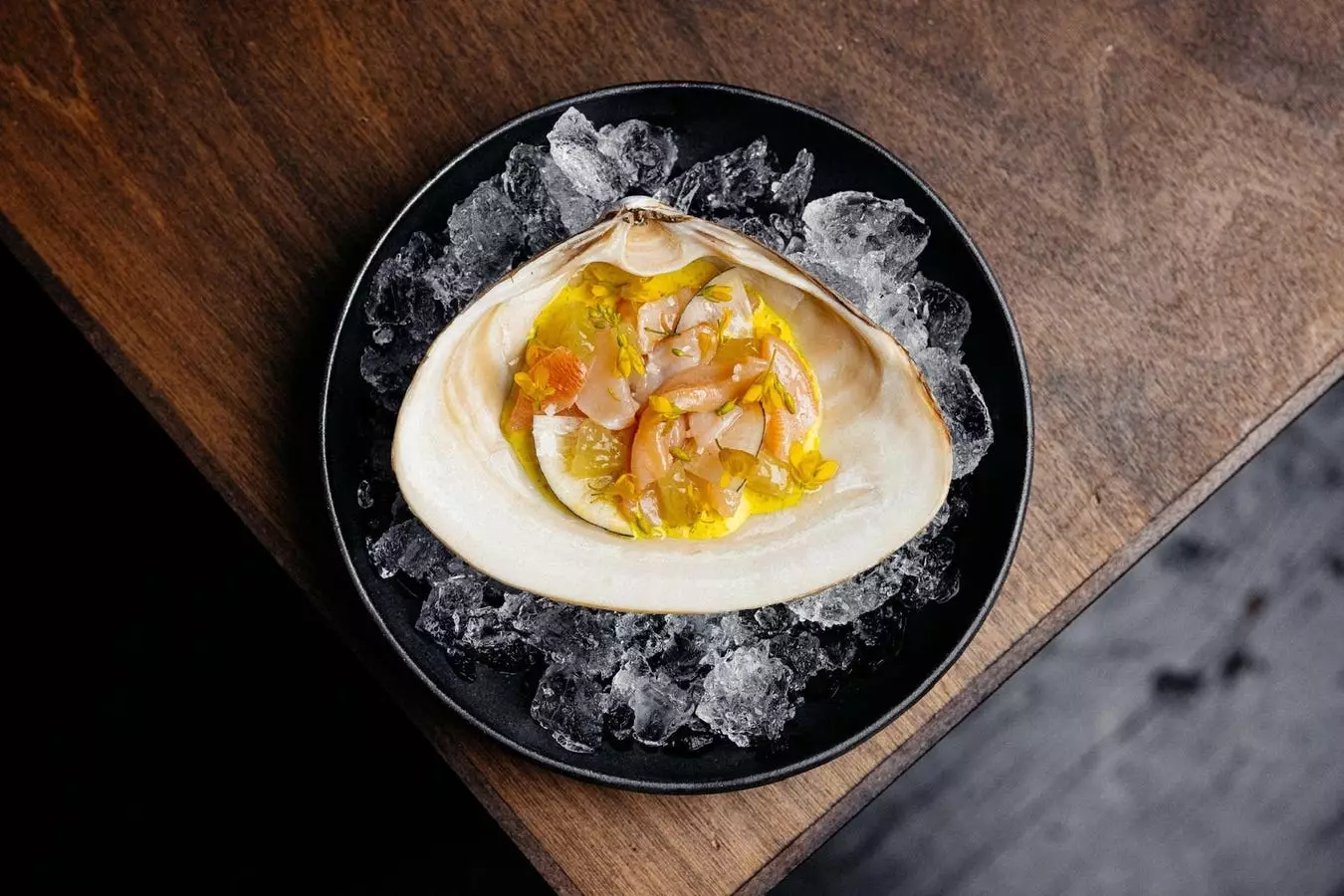Every December, an electric atmosphere envelops the culinary world as Michelin announces its annual star ratings. This prestigious event significantly influences the restaurant scene across key U.S. cities, namely New York, Chicago, and Washington D.C. The Michelin star system serves as a hallmark of excellence in gastronomy, categorizing restaurants based on various factors that include the quality of ingredients, technical skill, flavor combinations, and consistency. This year’s ceremony on December 9th was exceptional, as it brought fresh acknowledgment to chefs and eateries displaying remarkable talent and creativity.
One of the most consequential aspects of the Michelin Guide is its ability to elevate the profile of a restaurant. The distinction between one, two, and three stars communicates not just a measure of quality but also shapes culinary trends and influences consumer behavior. A one-star rating signifies that the restaurant creates high-quality cooking worth a stop, whereas a two-star is indicative of excellent cuisine worthy of a detour. The ultimate three-star accolade, however, is the pinnacle of gastronomical recognition—suggesting a dining experience so remarkable that it warrants a special trip.
In a notable progression, the New York City dining scene welcomed Jungsik into the elite cadre of three-star restaurants. This significant accolade marks an important moment, as it is the first time since 2012 that a restaurant in Manhattan has risen from two stars to the elite three-star category. Jungsik, celebrated for its innovative approach to Korean cuisine, is now the first Korean establishment in the U.S. to achieve this peak recognition among only thirteen restaurants across the country.
The Michelin inspector praised Jungsik for its meticulous attention to detail, describing the meal as a “hyper refinement of flavor and textures,” showcasing a culinary journey far from the predictable. Culinary enthusiasts can relish a tasting menu priced at $295, which can be paired with various wine options, adding a layer of complexity to the already exquisite dining experience. This recognition not only highlights the restaurant’s skills but also emphasizes the growing acceptance and appreciation of diverse culinary traditions in the American fine dining ecosystem.
Among the notable mentions, César, Chef’s Table at Brooklyn Fare, and Sushi Sho are now honored with two-star ratings, joining an esteemed group of establishments like Aquavit, Atera, and Le Bernardin that have managed to maintain their elevated status. The challenge of sustaining a two-star rating is an enterprise of its own, requiring constant innovation and adherence to the highest culinary standards. These restaurants have demonstrated resilience in not only meeting but exceeding expectations, cementing their positions as culinary trailblazers.
While some have ascended in stature, others have shown admirable consistency, continuing to uphold their reputations year after year. New York City’s diverse culinary landscape thrives on this duality of growth and stability among its star-rated restaurants.
The Michelin Guide is not simply about the titans of haute cuisine; it’s also a platform for emerging trends and new talent. This year, several establishments earned their first star, showcasing the gastronomic richness in more recently developed concepts. Restaurants such as Bar Miller and Jook Ok offer unique takes on sustainable cuisine and fine dining, respectively, indicating a shift towards inventive restaurateurs redefining a city steeped in culinary tradition.
In addition, establishments like Café Boulud and La Bastide reflect the rejuvenation of iconic names, adapting to contemporary palates while remaining true to their roots. Their success illustrates the dynamic nature of the food scene, where innovation coexists with tradition, creating an enriching tapestry of experiences for patrons.
The Michelin Guide also spotlighted 16 new restaurants as Bib Gourmand selections, distinguishing them for delivering “good quality food at a good value.” While the total number of Bib Gourmand restaurants in New York City has decreased, it still leads the nation, showcasing exceptional dining experiences accessible to a wider audience. Popular spots like Bayon and Bonnie’s contribute to this burgeoning category, promising delectable fare without exorbitant prices.
Moreover, Michelin’s Green Star initiative continues to gain traction. This year, establishments such as Blue Hill at Stone Barns have retained their Green Stars, confirming their dedication to sustainable practices. The acknowledgment of environmentally considerate restaurants signals a deeper movement within the culinary community, prompting a collective responsibility toward sustainability.
The Michelin star announcements encapsulate much more than just ratings; they signify the evolving narrative of American cuisine, showcasing diversity, innovation, and sustainability. With the elevation of restaurants like Jungsik to three-star status, the fine dining landscape is clearly undergoing a transformative phase, welcoming diverse culinary influences and setting new standards for excellence. As the culinary community continues to adapt and evolve, one thing remains clear: The impact of the Michelin Guide will undoubtedly shape the future of dining in America, inspiring chefs and diners alike.


Leave a Reply